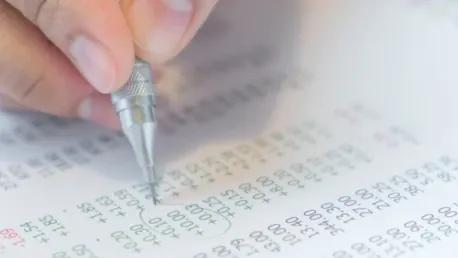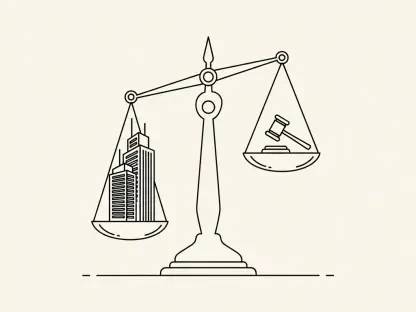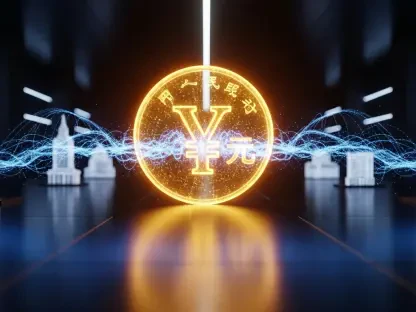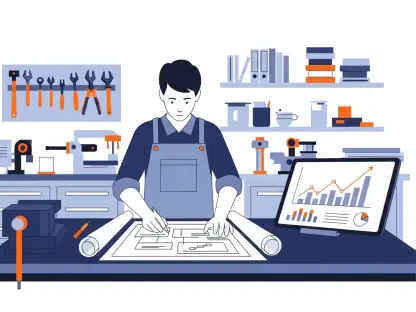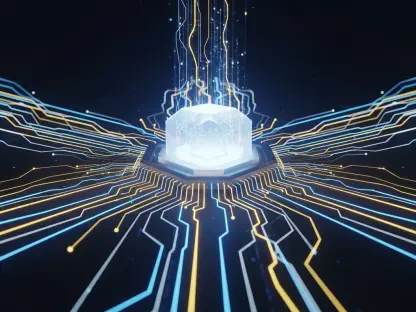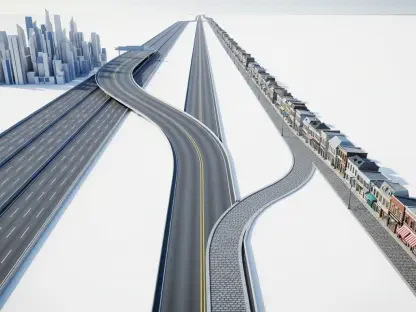Tokenization has emerged as a buzzword in the financial sector, touted as a panacea for some of the industry’s most persistent challenges. As the global trade finance gap continues to widen, tokenization presents a promising solution to streamline operations and improve liquidity. Advocates from major financial institutions, including HSBC and Standard Chartered, are increasingly endorsing tokenization as a crucial tool for bridging this gap. But what exactly is tokenization, and how can it modernize finance?
Tokenization converts data or real-world assets (RWAs) into tokens on a blockchain. This innovative approach can revolutionize global trade finance by increasing liquidity and reducing transaction times. Bhriguraj Singh, Chief Product Officer for Global Trade Solutions at HSBC, emphasizes that tokenization can simplify finance and distribution processes, thereby helping companies and their trade finance providers. With the elimination of intermediaries, processes that traditionally took several days can now occur almost instantaneously, enhancing overall efficiency.
The Promise of Tokenization in Trade Finance
Steven Hu, Head of Digital Assets, Trade, and Working Capital at Standard Chartered, suggests that tokenization will open new distribution channels to capital markets and emerging digital asset markets. By creating a new asset class characterized by stable and attractive yields, tokenization can facilitate trade finance models that are both novel and lucrative. The underlying technology ensures transparency and security, making it an attractive proposition for financial institutions looking to modernize and streamline their processes.
Tokenization offers several unique advantages for companies and their trade finance providers. By turning data and real-world assets into digital tokens, the liquidity of assets can be significantly increased. This is because tokenized assets can be traded on secondary markets, unlocking additional liquidity that would otherwise be trapped in traditional financial systems. Furthermore, the use of blockchain ensures that transactions are transparent and secure, reducing the risk of fraud and increasing the overall trust in the financial system.
By eliminating intermediaries, tokenization also reduces transaction processing times, allowing for the immediate transfer of securities and payments. This can greatly enhance the efficiency of global trade finance, which has traditionally been bogged down by lengthy and complex processes. As more financial institutions begin to adopt tokenization, the global trade finance system is likely to see a significant transformation in terms of speed, efficiency, and accessibility.
Addressing the Trade Finance Gap
The trade finance gap—the difference between trade finance requests and approvals—has been a growing concern. The Asian Development Bank (ADB) reported that this gap worsened by 29.4% in 2022, escalating to $2.5 trillion from $1.7 trillion in 2020. Projections suggest it could reach a staggering $36.2 trillion by 2030. Tokenization offers an avenue to bridge this gap by increasing liquidity and improving accessibility to trade finance.
Hu envisions a future where trade finance is structured in digital tokens, which can be freely traded to unlock liquidity on secondary markets. This would create a novel, fee-based business model that enhances both efficiency and profitability. Tokenization allows for the expansion of a company’s target audience and simplifies investments in unfamiliar markets. The immediate transfer of securities and payments through blockchain could eliminate the delays inherent in traditional financial processes.
The benefits of tokenization extend beyond just enhancing liquidity and efficiency. By creating a new asset class characterized by stable and attractive yields, tokenization opens up new distribution channels to capital markets and emerging digital asset markets. This could potentially lead to the development of novel trade finance models that are not only more efficient but also more lucrative. As the technology continues to evolve, we can anticipate seeing more innovations that will further bridge the trade finance gap and modernize the global financial system.
Tokenization: Benefits and Challenges
While the benefits of tokenization are manifold, including increased efficiency, transparency, and liquidity, the technology is not without its challenges. One of the most significant barriers to widespread adoption is the lack of expertise in tokenization. Financial institutions and stakeholders must invest in developing the necessary skills and knowledge to leverage this technology effectively.
Despite these hurdles, ongoing initiatives aim to promote the use of tokenization. MakerDAO, for instance, has launched the Spark Tokenization Grand Prix, a competition designed to attract innovators in the space. Through such efforts, MakerDAO aims to onboard $1 billion worth of tokenized RWAs into its decentralized finance (DeFi) ecosystem. This initiative will prioritize proposals with high liquidity potential and competitive pricing, thereby fostering an environment conducive to tokenization’s growth.
Another challenge facing tokenization is regulatory uncertainty. As with most emerging technologies, the regulatory landscape for tokenization is still evolving. This can create a level of uncertainty for financial institutions looking to adopt this technology. It is essential for regulators to provide clear guidelines and frameworks to ensure that tokenization can be implemented in a way that is both secure and compliant with existing laws and regulations.
Ongoing Efforts and Industry Initiatives
Tokenization has become a prominent term in the financial sector, hailed as a solution for some of its ongoing challenges. As the global trade finance deficit grows, tokenization offers a promising avenue to streamline processes and bolster liquidity. Major financial players such as HSBC and Standard Chartered are backing tokenization to help bridge this gap. But what exactly does tokenization entail, and how can it transform the finance landscape?
Tokenization involves converting data or real-world assets (RWAs) into digital tokens on a blockchain. This cutting-edge technique can revolutionize global trade finance by enhancing liquidity and shortening transaction times. Bhriguraj Singh, Chief Product Officer for Global Trade Solutions at HSBC, underscores that tokenization can simplify both finance and distribution processes, aiding companies and their trade finance providers. By removing intermediaries, activities that once took days can now be completed almost instantly, significantly boosting efficiency. In essence, tokenization not only modernizes finance but also paves the way for more agile and fluid global trade operations.
